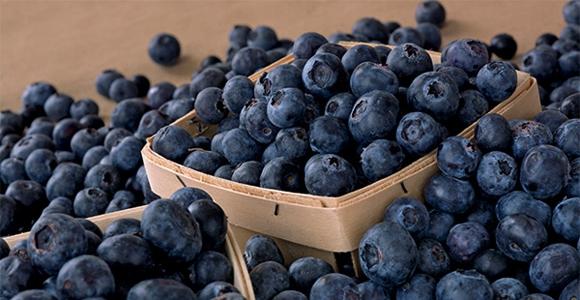Ursolic acid has been used in folk and Chinese medicine for a long time. From the Middle Ages, fruits and vegetables containing ursolic acid were used as a treatment for a variety of conditions, both topically and internally. Ursolic acid is used for its anti-inflammatory, antitumor, and antimicrobial properties. Ursolic acid can be found in various fruits and vegetables such as blueberries, beets, ginseng, marigold, mushrooms, gourd, and lychee. It has been used to treat inflammatory disorders, acute hepatitis, fevers, constipation, and illnesses relating to digestion and the blood, and has been used in binding for wounds, amongst other ailments. Since Roman times, beetroot juice containing ursolic acid has been considered an aphrodisiac.
Not only is ursolic acid used to treat various conditions, it also has antibacterial and antifungal activity. Ursolic acid can inhibit the growth of several strains of staphylococci. Tests have shown that ursolic acid inhibits the growth of Candida Albicans, a common fungus on the skin and mucous membranes, and Microsporium lenosum another common fungus. Because ursolic acid has anti-inflammatory properties, it is used in ointments to treat burns. Topical application of ursolic acid inhibits tumor growth initiated by chemicals. Contemporary scientific research which led to the isolation and identification of ursolic acid revealed and confirmed that several pharmacological effects, such as, anti-tumor, hepatoprotective, anti-inflammatory (oral and topical), anti-ulcer, antimicrobial, anti-hyperlipidemic and antiviral, can be attributed to ursolic acid.
References:
Jie Liu, Pharmacology of oleanolic acid and ursolic acid. Journal of Ethnopharmacology Vol, 49 pp. 57-68, 1995.
Debprasad Chattopadhyay, G. Arunachalam, Asit B. Mandal, Tapas K. Sur, Subash C. Mandal and S. K. Bhattacharya. Antimicrobial and anti-inflammatory activity of folklore: Mallotus peltatus leaf extract. Journal of Ethnopharmacology, Volume 82, Issues 2-3, Pp 229-237, October 2002.
Contact:

